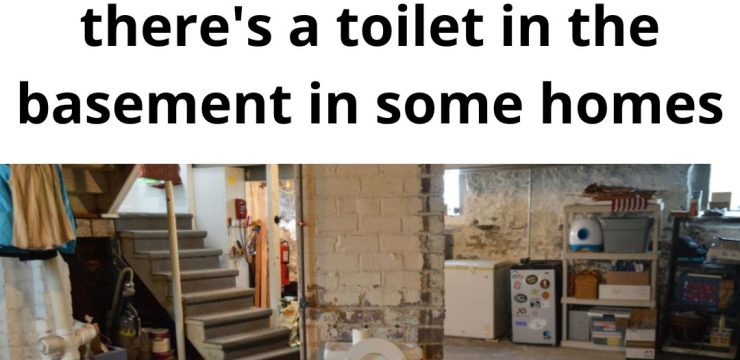I used to think the two buttons on top of a toilet were just a fancy design choice or maybe a quirk of modern plumbing, nothing more than a different way to flush. But as it turns out, those buttons actually serve a much bigger purpose than most people realize. Found on many newer toilets, these two buttons are part of a dual flush system, a smart and eco-friendly feature that helps save water, reduce utility bills, and benefit the environment all at the same time.

Once you understand what those buttons do and how to use them correctly, you might never look at flushing the same way again. The two buttons control how much water is used during a flush. The smaller button is intended for liquid waste and uses significantly less water—usually between 3 to 4.5 liters. The larger button is meant for solid waste and uses more water, around 6 to 9 liters, to ensure a full, effective flush. This setup allows users to select the amount of water needed based on what they’re flushing, which might sound like a small thing, but it actually makes a huge impact over time.
Most traditional toilets use up to 13 liters of water with every single flush, no matter how much waste is being removed. That adds up fast, especially in homes with multiple people. With a dual flush toilet, you can save as much as 20,000 liters of water per year. That’s not just better for the planet—it’s also easier on your wallet. Reducing the amount of water you flush directly cuts down on your water bill, which means a win for the environment and a win for your budget. The dual flush system was first introduced in 1980 by Bruce Thompson, a designer with the Australian company Caroma.
At the time, Australia was experiencing severe drought, and there was a serious need to conserve water. Thompson’s innovation allowed users to choose between a full flush and a half flush, providing control over water usage with every trip to the bathroom. Since then, dual flush toilets have become more common worldwide, especially in places where water conservation is a priority. Many local governments and environmental agencies even promote or require these toilets in new construction because of their long-term sustainability. Despite how simple it seems, a lot of people still misuse the buttons.
So here’s a quick guide to doing it right: the smaller button usually has a symbol like a droplet or half-circle and is for liquid waste. The larger button might have a full circle or a pair of droplets and is used for solid waste. If you’re not sure which is which, take a second to check before flushing. And if you’ve got guests or family members who aren’t familiar with the system, take a moment to explain it. Once everyone’s on the same page, your household can start saving water more effectively. Using the buttons correctly doesn’t just help reduce your water waste; it also helps cut back on energy consumption.
Treating and pumping water takes a lot of energy, so using less water means less demand on those systems. Plus, by reducing water usage, you’re helping to preserve natural resources like rivers, lakes, and underground water supplies. Every time you choose the smaller flush when appropriate, you’re doing something small but impactful for the planet. If you’re thinking about replacing your old toilet or building a new bathroom, investing in a dual flush model is absolutely worth it. While the upfront cost might be slightly higher than a standard toilet, the long-term savings will more than make up for it.
And many areas offer rebates or incentives for installing water-saving fixtures, making the decision even more appealing. Personally, I never paid much attention to those buttons before learning what they really do. But now, I’m more mindful every time I flush. It feels good to know I’m making a small, everyday choice that contributes to a more sustainable lifestyle. So if you’ve been overlooking the purpose of those two buttons, it’s time to start using them the way they were meant to be used—consciously, wisely, and with the bigger picture in mind. A simple press of the right button can lead to real change, one flush at a time.





